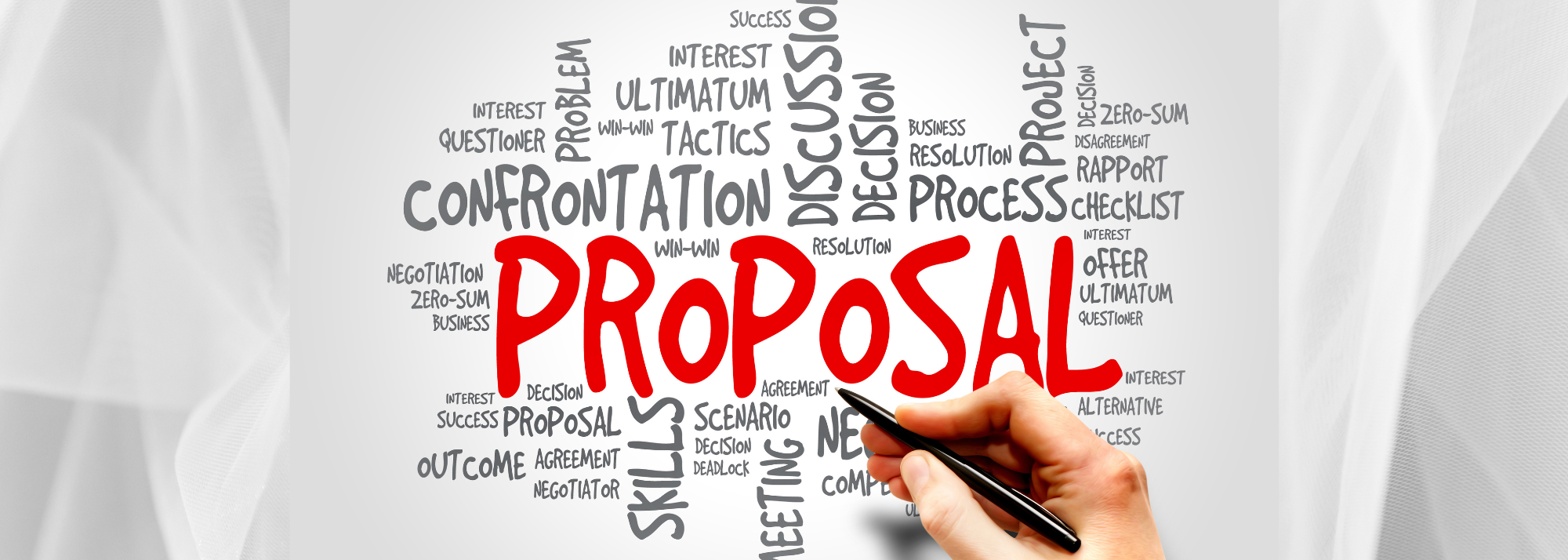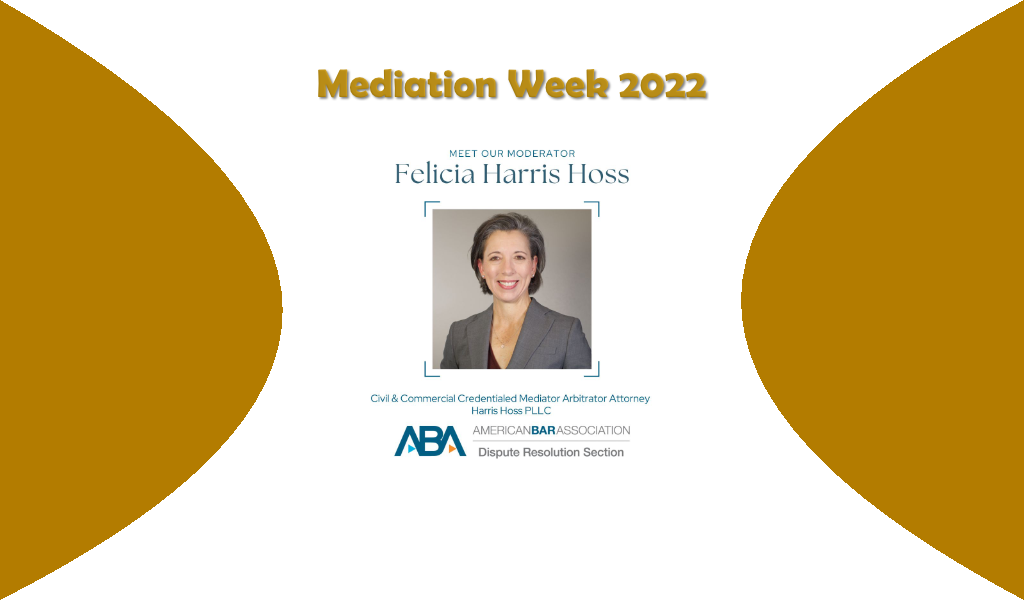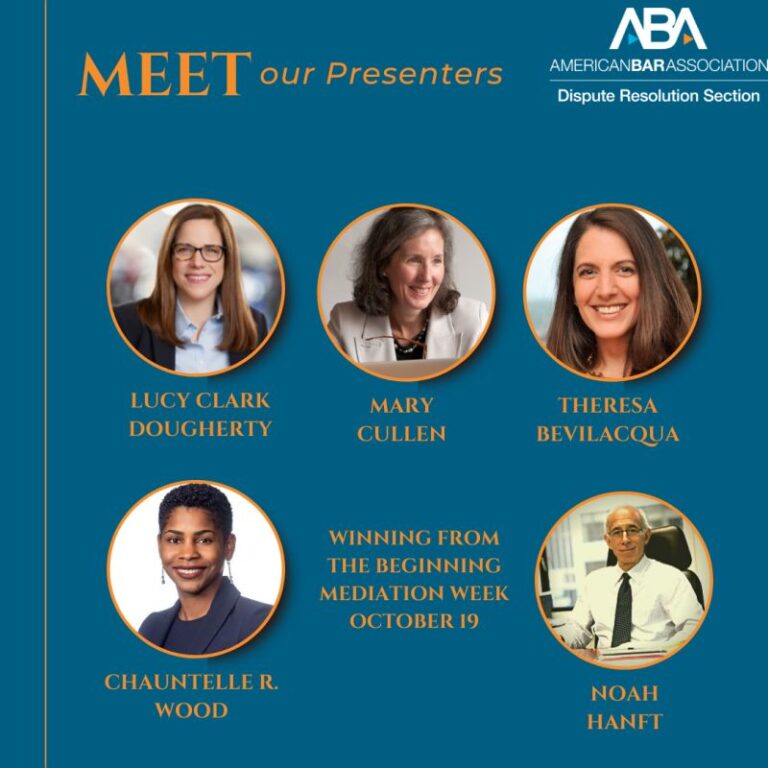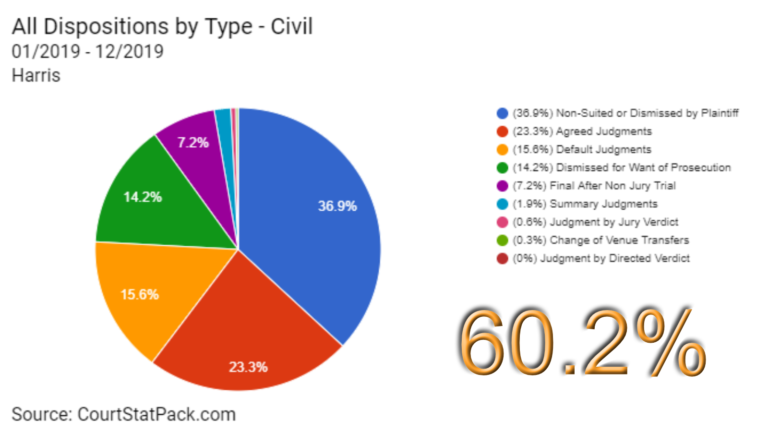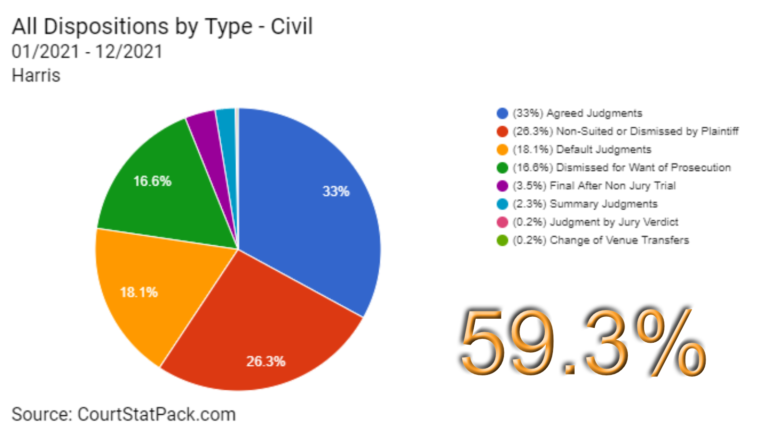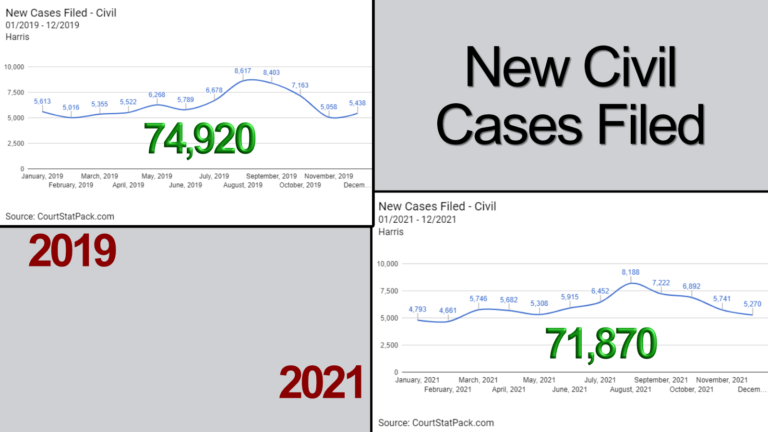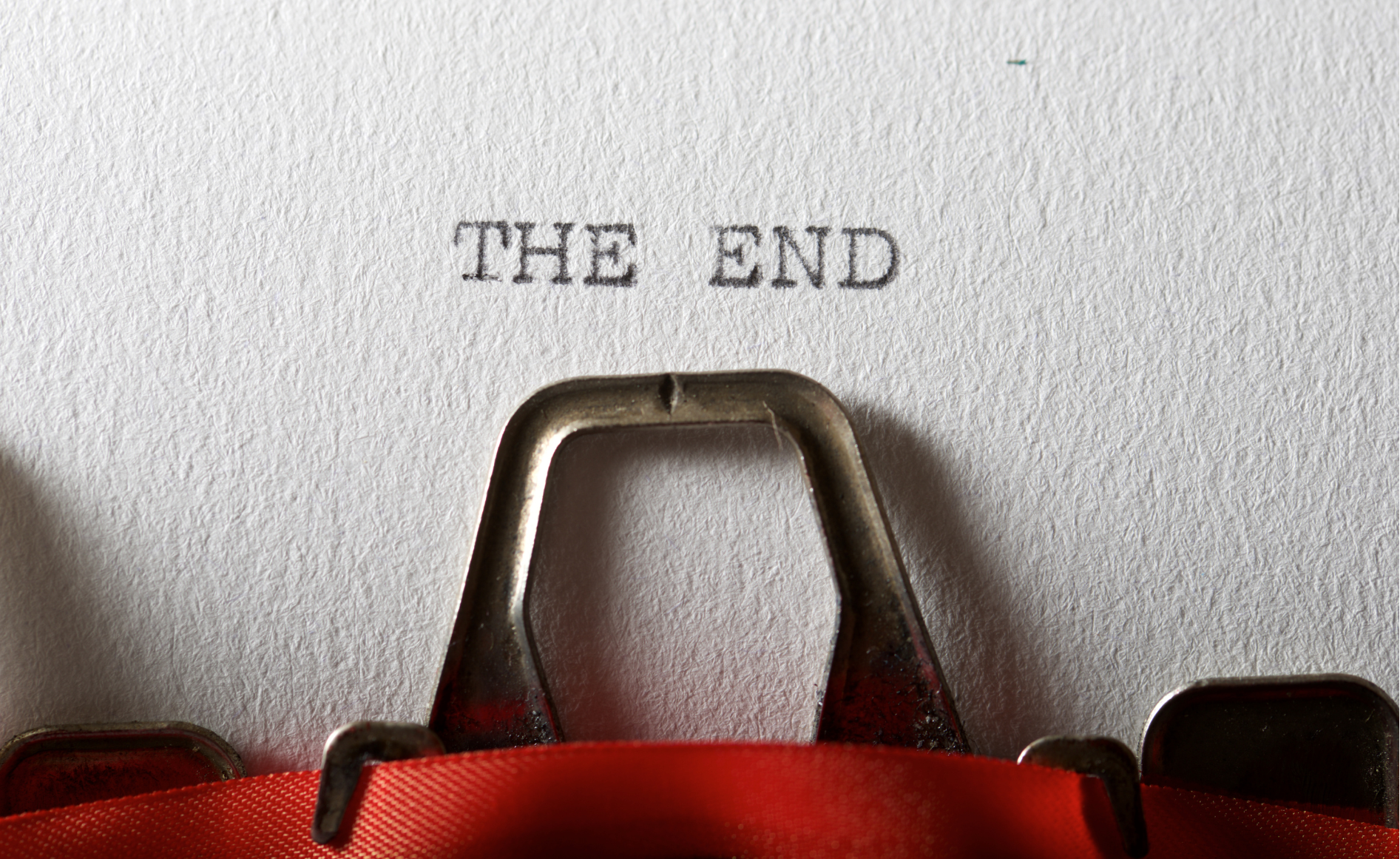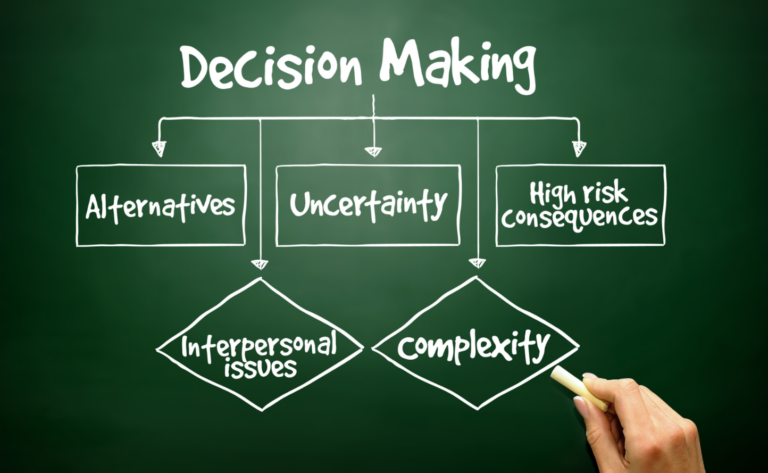Reviewing Mediator's Proposals
A mediator’s proposal is a settlement recommendation presented confidentially by the mediator as an extension of meaningful discussions with each party. When provided, a mediator’s proposal relays a set of terms that the mediator believes each party might accept as a basis upon which to resolve the conflict.
To be clear, a mediator’s proposal is not a substitute for substantive party negotiations. If the parties can find a solution on their own, it is the inherent and primary role of the mediator to help them find it. However, in situations in which the parties have worked hard, exhausted their negotiation authority, and a gap remains, sometimes all the parties need is a little outside assistance – a nudge – to keep the process moving forward.
When a mediator’s proposal is extended, the question then becomes what to do with it. The answer depends on the specifics of each case, but in almost any case, the following points will jump start a thoughtful decision-making process:
First, determine whether the mediation is one in which the parties are negotiating in good faith. Because the hallmark of a mediated settlement is party self-determination, the success of mediation depends on the parties’ good faith willingness to work together to find a solution. If the parties are committed to the process and have exhausted their authority, a carefully drafted mediator’s proposal may offer a fresh perspective that helps the parties overcome sticking points to resolution.
If the mediator extends a proposal, review it carefully and objectively to determine whether it proposes terms that are fair and reasonable, specific and clear. While a mediator’s proposal may recommend terms upon which to resolve the entire conflict, it can also be designed to address specific roadblocks that need to be cleared to keep the negotiations going. However broad or narrow it may be, a mediator’s proposal, to be credibly considered, should address each party’s respective needs and interests and recommend a balanced solution that does not unreasonably favor one party’s interests or needs over another.
A mediator’s proposal is not a substitute for a neutral evaluation of the case. There should be no doubt in a party’s mind that the mediator’s proposal does not reflect an evaluation of any party’s legal case. When presented in writing, a best practice is for the mediator’s proposal to expressly state that it is not intended to be (and should not be construed as) an opinion on the meris to any party’s claims or defenses should a trial ensue.
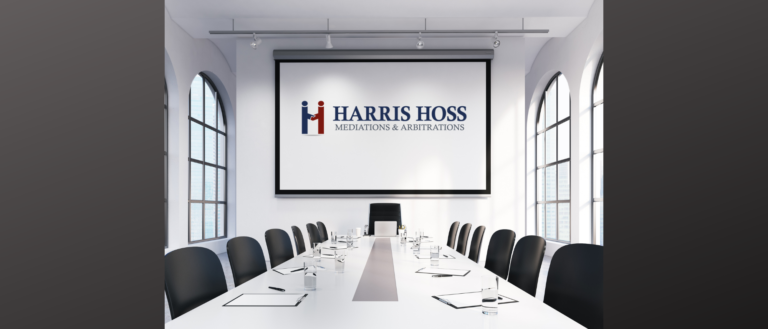
Importantly, the proposal should clearly communicate the process and deadline by which a response must be confidentially submitted to the mediator. While decisions about whether to request, consider, or accept a mediator’s proposal are to be made on a case-by-case basis, the process for accepting or rejecting a mediator’s proposal should always leave open the option of future negotiations if the proposal is rejected.
To this end, the mediator should ensure that no party knows how another responds unless all parties accept the proposed terms. If it is not otherwise clearly stated, the parties should ensure the proposal clarifies they are to separately and confidentially contact the mediator with all questions and other communications concerning the proposal, including a timely response to accept or reject it.
Finally, whether the parties accept the proposal or not, the mediator should contemporaneously inform them whether or not a settlement has been reached.
DISCLAIMER: As with any mediated negotiation, decisions about whether to accept or reject any proposal should be considered in consultation with your legal counsel. Nothing in this article is, is intended to be, or should not be construed as, legal advice.
Felicia Harris Hoss
is an attorney-mediator, arbitrator, and early dispute resolution (EDR) neutral, with more than 25 years of legal experience. Through the years, Felicia has helped parties resolve disputes both inside and outside of the courtroom in a wide range of industries involving a broad spectrum of claims. Felicia is available to assist parties and their counsel through online, hybrid, and in-person mediations, arbitrations, and EDR processes.

